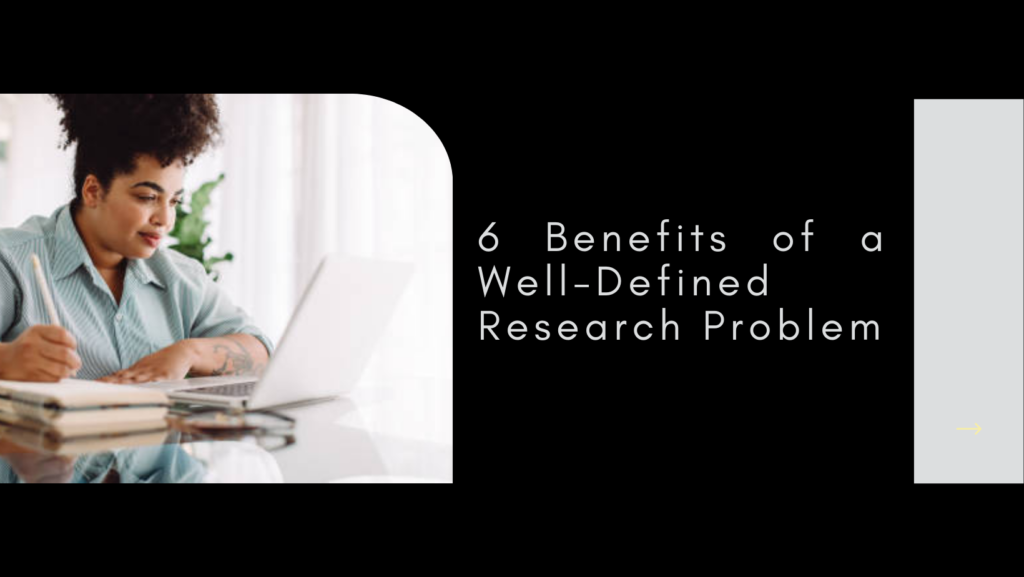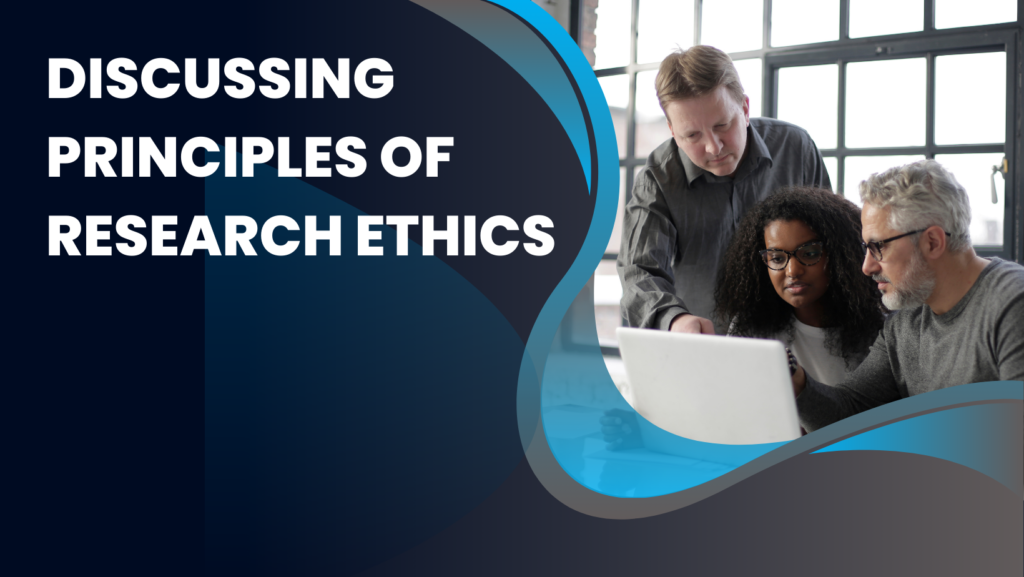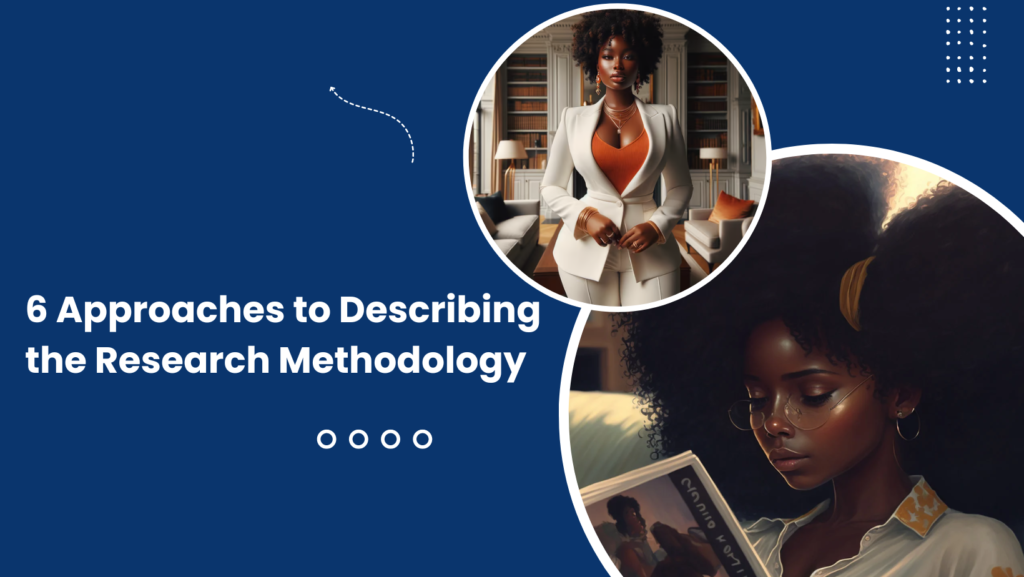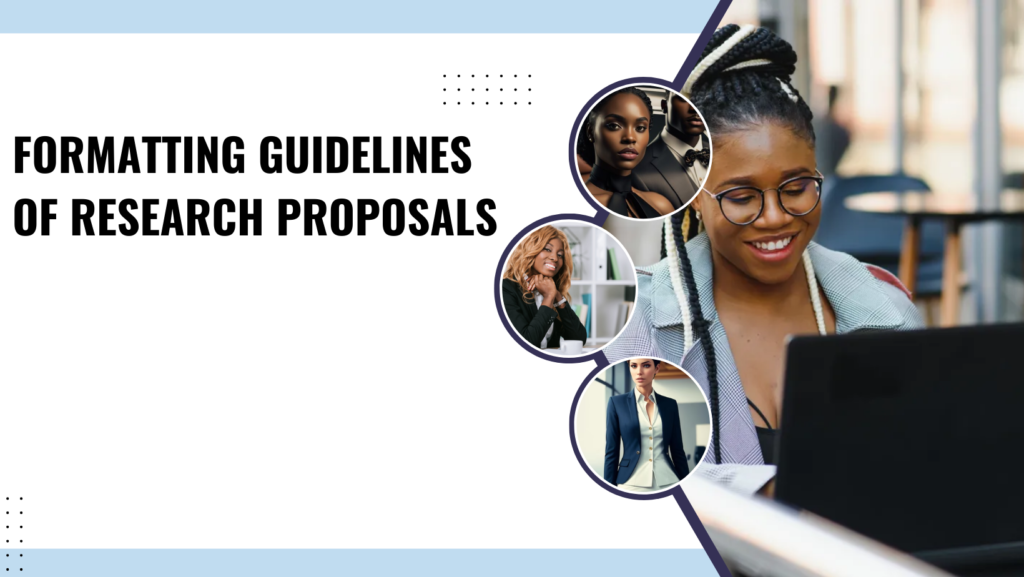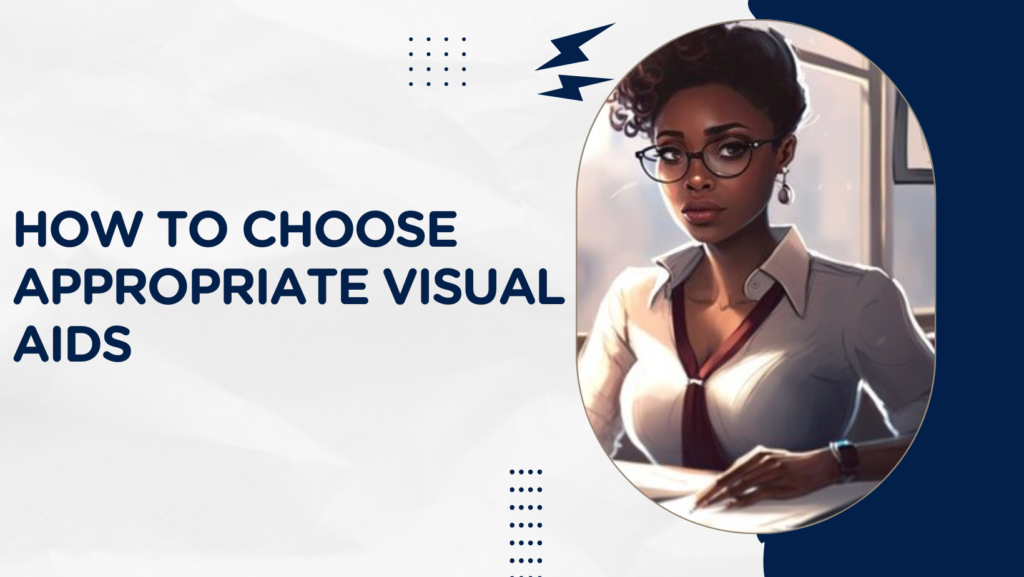10 Tips in Identifying Gaps and Controversies in the Existing Literature
10 Tips in Identifying Gaps and Controversies in the Existing Literature |
Certainly! Identifying gaps and controversies in existing literature is crucial for positioning new research within the scholarly discourse, advancing knowledge, and contributing meaningfully to the field. Here are 10 detailed tips on how researchers can effectively identify gaps and controversies in the literature:
1. Conduct a Systematic Literature Review
A systematic literature review involves a methodical search and analysis of existing studies on a specific topic. It aims to identify gaps where research has not adequately addressed certain aspects or where contradictory findings exist. Researchers use predefined criteria to select studies, ensuring the review is comprehensive and unbiased.
Example: In a systematic review of studies on the effectiveness of mindfulness-based interventions for anxiety disorders, researchers might find that most studies focus on general anxiety but lack specific research on mindfulness interventions for social anxiety disorder. This gap suggests a need for targeted research to explore the efficacy of mindfulness techniques in treating different types of anxiety disorders.
2. Analyse Key Concepts and Theoretical Frameworks
Analysing key concepts and theoretical frameworks used in previous research helps identify gaps in theoretical understanding or applications. Researchers examine how different theories explain phenomena and may find inconsistencies or gaps where existing theories do not adequately explain observed outcomes.
Example: In educational psychology, researchers analysing the application of self-determination theory in motivating student learning might discover that while the theory explains intrinsic motivation well, it lacks detailed guidance on extrinsic motivators such as rewards and punishments in diverse cultural contexts. This gap could prompt further research to refine or expand the theoretical framework.
3. Evaluate Methodological Approaches
Evaluating methodological approaches used in previous research helps identify gaps in research methods or data collection techniques. Researchers assess the strengths and limitations of different methodologies and may identify opportunities for improving research design, data analysis, or measurement techniques.
Example: In public health research on the impact of vaccination programs, researchers might find inconsistencies in data collection methods across studies, such as variations in sample sizes or data reporting. These methodological gaps can influence the reliability and comparability of findings, prompting researchers to develop standardized protocols for future studies.
4. Identify Contradictory Findings
Identifying contradictory findings across studies highlights areas of controversy or uncertainty in the literature. Researchers examine factors contributing to discrepancies, such as variations in study populations, methodologies, or contextual factors. These contradictions can indicate gaps in understanding or biases in research approaches.
Example: In studies on the effects of social media on mental health, researchers might encounter conflicting findings regarding whether social media use is predominantly harmful or beneficial. Some studies may report negative impacts on well-being, while others highlight positive social connections. These contradictions suggest a need for nuanced research to understand the conditions under which social media use affects mental health outcomes.
5. Examine Emerging Trends and New Developments
Monitoring emerging trends and new developments in the field provides insights into evolving research priorities and emerging topics of interest. Researchers can identify areas where limited research has been conducted or where recent advancements warrant further investigation, such as technological innovations, policy changes, or societal shifts.
Example: In environmental science, researchers studying the impact of climate change on biodiversity may observe emerging studies on the effects of microplastics on marine ecosystems. This emerging trend suggests a growing recognition of microplastic pollution as a significant environmental concern, prompting researchers to explore its ecological impacts in greater depth.
6. Consider Interdisciplinary Perspectives
Considering interdisciplinary perspectives allows researchers to explore connections between different fields of study and identify interdisciplinary gaps in knowledge. By integrating insights from multiple disciplines, researchers can address complex issues, explore new research questions, and bridge gaps between theoretical frameworks or methodological approaches.
Example: In urban planning research, integrating perspectives from sociology and environmental science can shed light on how urban development affects social equity and environmental sustainability. Interdisciplinary collaboration can reveal gaps in understanding urban resilience to climate change, prompting researchers to develop integrated strategies for sustainable urban development.
7. Consult Experts and Stakeholders
Consulting experts and stakeholders in the field provides valuable insights into current debates, controversies, and gaps in knowledge. Researchers can engage with practitioners, policymakers, or community members to understand perspectives, priorities, and practical challenges that may not be fully addressed in existing literature.
Example: In healthcare research on patient-cantered care, consulting healthcare professionals and patient advocates may reveal gaps in understanding patient preferences for shared decision-making in treatment plans. Stakeholder input can inform research priorities and methodologies, ensuring that studies address relevant issues and contribute to improving patient outcomes.
8. Assess Practical Applications and Policy Implications
Explanation: Assessing practical applications and policy implications of existing research helps identify gaps in translating research findings into actionable recommendations or interventions. Researchers examine gaps between research evidence and practical implementation, identify barriers to adoption, or explore opportunities for improving policy outcomes.
Example: In education policy research, evaluating the implementation of inclusive education practices may reveal gaps in supporting teachers’ professional development in diverse classrooms. Addressing these gaps can inform policy recommendations to enhance educational equity and support for students with diverse learning needs.
9. Explore Underrepresented or Marginalized Perspectives
Exploring underrepresented or marginalized perspectives in the literature helps identify gaps in diversity, equity, and inclusion within research. Researchers can examine how certain populations or viewpoints have been underrepresented in studies, identify biases in research methodologies, or highlight gaps in addressing social justice issues.
Example: In gender studies, exploring LGBTQ+ perspectives on workplace diversity may reveal gaps in understanding barriers faced by transgender employees in corporate environments. Research focusing on inclusive workplace policies and organizational practices can address these gaps and promote greater workplace inclusivity.
10. Reflect on Personal and Professional Experience
Reflecting on personal and professional experiences allows researchers to identify gaps in practical knowledge, expertise, or insights gained from professional practice. Researchers can draw on their observations, challenges encountered in fieldwork, or gaps in understanding identified through teaching or mentoring to inform research priorities and directions.
Example: In social work research on youth homelessness, reflecting on experiences working with homeless youth may reveal gaps in support services tailored to their unique needs and experiences. Researchers can advocate for research funding and community partnerships to develop effective interventions and policy solutions addressing youth homelessness.
Conclusion
Identifying gaps and controversies in existing literature is essential for advancing knowledge, addressing unanswered questions, and driving innovation in research fields. By systematically reviewing literature, analysing theoretical frameworks and methodologies, and engaging with diverse perspectives, researchers can contribute to filling knowledge gaps, resolving controversies, and shaping future research agendas. This proactive approach not only enhances the quality and relevance of research but also strengthens its impact on academic scholarship, policy development, and societal practices. Researchers should strategically apply these tips to identify and address gaps in the literature, ensuring that their research contributes meaningfully to advancing knowledge and addressing real-world challenges
Address List
- Makerere Hill Road, Ham Towers
- +256-703947778
- info@professionalwriters.shop
Social Networks
Links List
Professional Writers Inc.
Turning Ideas Into Reality
Online Research Writing Training [Free]


